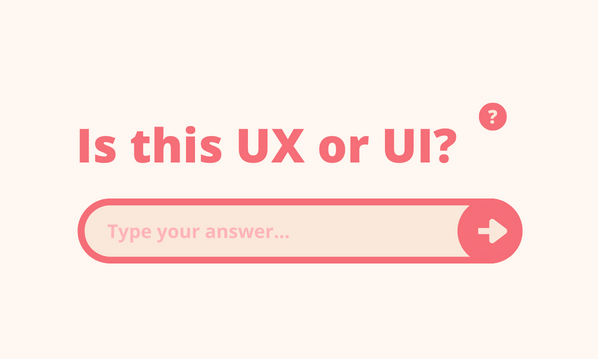Usable. Customer-friendly. Call it what you will, ensuring that your website meets your customers’ needs is the key to success. Here are six quick, easy ways to improve your website:
Step into your customers’ shoes
Think about the common queries that you get offline – these are most likely the same questions that customers have when they arrive at your website. So make sure the answers are easy to find.
User testing is a great way to find out how customers see your website, and what changes would be most beneficial. The time taken to ask customers for feedback when you’re in direct contact (phone, face-to-face) will reap dividends – did the site meet their needs? If not, what was missing? How could it be improved? What else would they like to see on the website? Friends and family are usually very willing to have a play on your site and tell you what worked and what could be improved.
Any points that more than two or three people mention are probably worth improving.
Ensure navigation is clear
The main navigation should be consistent throughout the site – and keep your logo (which links to your home page) in the top left or somewhere else prominent. Limit the number of links in the main menu and make sure page names are descriptive.
Link text should be focus on keywords, and reflect the page names of where they go. Keep link styling consistent – blue and underlined is the standard, making it easy for your customers to scan effectively. Once clicked, links should change to purple to help visitors retrace their steps.
Make sure content is structured and concise
Headings, bullets and images break up text into manageable chunks. Use clear, simple language in as few words as possible – keep plenty of white space and avoid clutter. This makes pages easier and more enjoyable to read, and quicker to scan.
Have someone read through the content on your site – they’ll see it with the fresh eyes of your customers, which is something you can’t do.
Check for broken links
Every so often, click each link on each page of your website to ensure that it goes to the correct place. Error message pages (commonly known as “404” errors, where the page cannot be found) won’t help you inspire confidence in your visitors – “if they can’t ensure that the links work, do I really trust them to install my kitchen?”
Keep your website up-to-date
As well as helping with Search Engine Optimisation (how a search engine rates your site when a user types keywords into the search box), it’ll reassure your visitors that you care – and that there really is a person behind your business.
Think about accessibility
It’s estimated that between 10 and 12 percent of males (and 0.5 to 1 percent) of females are colour-blind – particularly in the red-green spectrum. Choose your colours with this in mind.
Blind and partially-sighted customers may be using a screen-reader to access your web pages. This “reads” the content. You can help by:
- making link text clear and relevant
- ensuring images have “alt text” (the words that appear near your cursor when you hover over an image – and it’s also used by search engines so it’s doubly important to make it descriptive)
- add descriptive captions to images and videos
It needn’t take long to review your website to ensure that it’s meeting your customers’ needs.
Don’t agree? Something I’ve missed? Leave a comment below…





